The Australian Cattle Dog, sometimes also lumped together with the Blue or Queensland Heeler, is iconic to the land down under. These hardy working dogs even may have some native Dingo in their heritage. Even today, they’re not simple pets.
This breed needs to have a job, and one that entails a good deal of exercise. When working they’re keenly intelligent and their loyalty continues far after the work day. Read on to learn more about the Australian Cattle Dog.
Description of the Australian Cattle Dog
These dogs look like a truly doggy dog; there’s nothing flashy about them. A stout build, with pointy ears and alert eyes, are the most defining features.
This breed has an interesting history. The Australian Cattle Dog developed as British settlers expanded from the coast into the interior grasslands. Here, the dogs helped their humans raise cows for the booming beef industry. The breed combines a number of different breeds, including Smithfields, Dingos, and even Dalmatians.
The Aussie is most recognizable for their interesting coat colorations. They can come in blueish grey or reddish brown with speckles or black with tan markings.
Life Expectancy and Size
The Australian Cattle Dog is remarkably long lived, even for a medium-sized dog. They often reach well into their teens. Their life expectancy is anywhere between 12 and 16 years.
These dogs are a great size, big enough to manage cattle, but also small enough to nimbly dart within their herd. They stand 17 to 20 inches tall and weigh 35 to 50 pounds.
Protective Ability
Protection was one of the Aussie’s duties back on the ranch. Humans tasked them with caring for both their herd and the family. Thus, most of these dogs are unfailingly loyal. In fact, it is important to socialize the Australian Cattle Dog early so that he does not become bad tempered or aggressive. Most individuals have a natural suspicion of strangers.
Training
This breed is job oriented, and will gladly get right down to business. Make training sessions professional and to the point; these dogs like to feel like they’re making progress, not wasting their time.
Fast-paced, treat- or toy-based training sessions should be a frequent part of your Cattle Dog’s day. These whip-smart dogs particularly excel when motivated with toys or treats and given physical challenges as part of training.
These dogs can excel as hunters, protectors, and herders. Give them a purpose and they will gladly learn quickly. Relationship-based training methods are especially valuable with this loyal breed.
Energy Level
The dogs were not meant to laze around alone in someone’s yard. These are working dogs, even now. They love it, and should always have some sort of job to tackle. Agility, herding, Treibball, obedience, and regular trick training can all help fulfill your Cattle Dog’s need to work. Avoid mindlessly repetitive activities like fetch as the sole source of exercise – your Cattle Dog must exercise his mind as well as his body.
What Living with an Australian Cattle Dog is Like
This is not a dog bred to be a pet, but rather one specialized for work in the Australian bush. That does not mean they’re any less loving or loyal than your everyday Golden Retriever. However, they have a different mindset. These dogs are really only happy when they’re working, preferably with their owners.
For those that can give them the purpose they desire, Cattle Dogs are unfailingly devoted. They are also easy to care for and relatively long lived.
Care of the Australian Cattle Dog
These dogs were meant for hard lives out in the Australian bush. They require the care one would expect of a true farm dog.
Environmental Needs
The Australian Cattle Dog was meant to live in the harsh extremes, both hot and cold, of Australia. With their Dingo roots, they’re particularly well suited to the heat. In fact, they can work long hours as long as they have access to adequate water. During any time of the year, they love to have at least some time outside.
Exercise Needs
This breed is for serious athletes only. Otherwise, owners must provide them with plenty to do, such as farming, canine sports, or the like.
Ideally, the Aussie can stretch his legs all out at least once a day. He prefers to do this in the midst of his job, while herding or hunting.
He also may enjoy joining his owner for runs or bike rides. One thing is for sure: simple play time in the yard is not enough to keep these dogs happy and healthy.
Shedding and Grooming
Grooming regimens for this shorthaired breed are simple. Weekly brushing helps the coat stay shiny by removing dead hair and debris. These dogs do not have much doggy odor, and only need a bath when they become dirty.
Shedding occurs seasonally, so you will need to brush more often during periods of heavy hair loss.
Ideal Home Environment
This breed is great for an active owner. They will particularly enjoy living in rural areas where they can stretch their legs in peace. The Cattle Dog is simply not meant to live in a small space in the city.
They can do well with older kids, who they will treat as part of their herd. However, Aussies may nip at small children, trying to herd them along with everything else they can.
Socialization is essential for this breed, lest they become overly suspicious or aggressive with new people and dogs.
Health Concerns
This amazingly long-lived breed has some routine health concerns. These include eye and hip problems that occur most often as the Australian Cattle Dog ages. There is some deafness in this breed and ear infections are not uncommon.
Behavior Problems
This breed can easily go stir crazy, leading to destructive behavior. They may try to her everything in their path or pace around in circles. It is vital to give these capable and intelligent dogs the chance to live up to their heritage in order to be happy and well-behaved.
These dogs are also considered stubborn, aloof, and quick to nip. Their history herding cattle can make them hard-headed, and they herded using their teeth. Giving these dogs outlets for energy, guidance towards appropriate behaviors with treats, and teaching them appropriate ways to use their herding instincts can all help. Meeting this dog’s stubbornness with force will only make them dig in more!




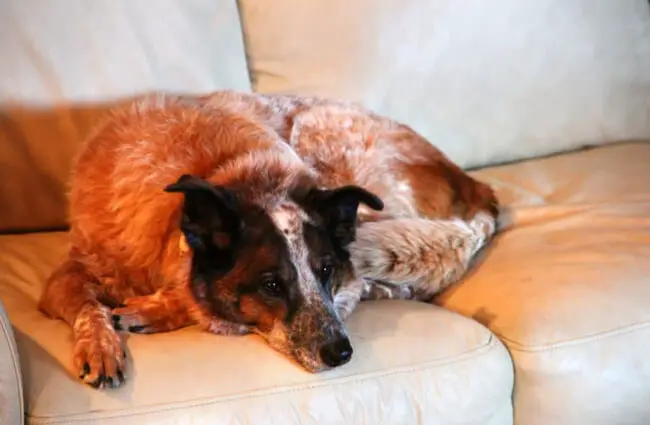
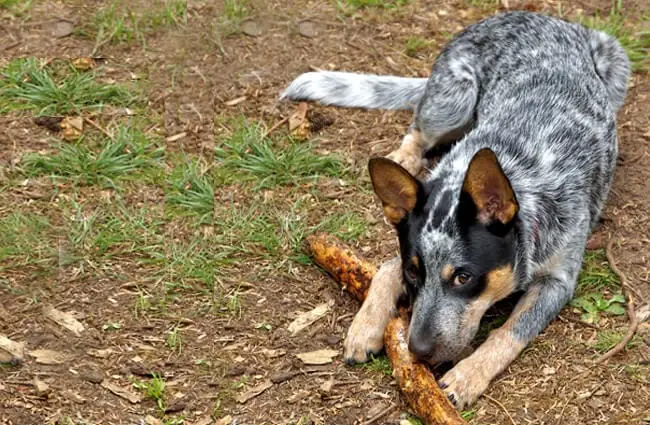
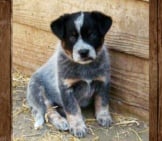


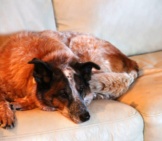
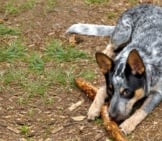













![Red Angus Closeup of a beautiful Red Angus cowPhoto by: U.S. Department of Agriculture [pubic domain]https://creativecommons.org/licenses/by/2.0/](https://animals.net/wp-content/uploads/2020/03/Red-Angus-4-100x75.jpg)

